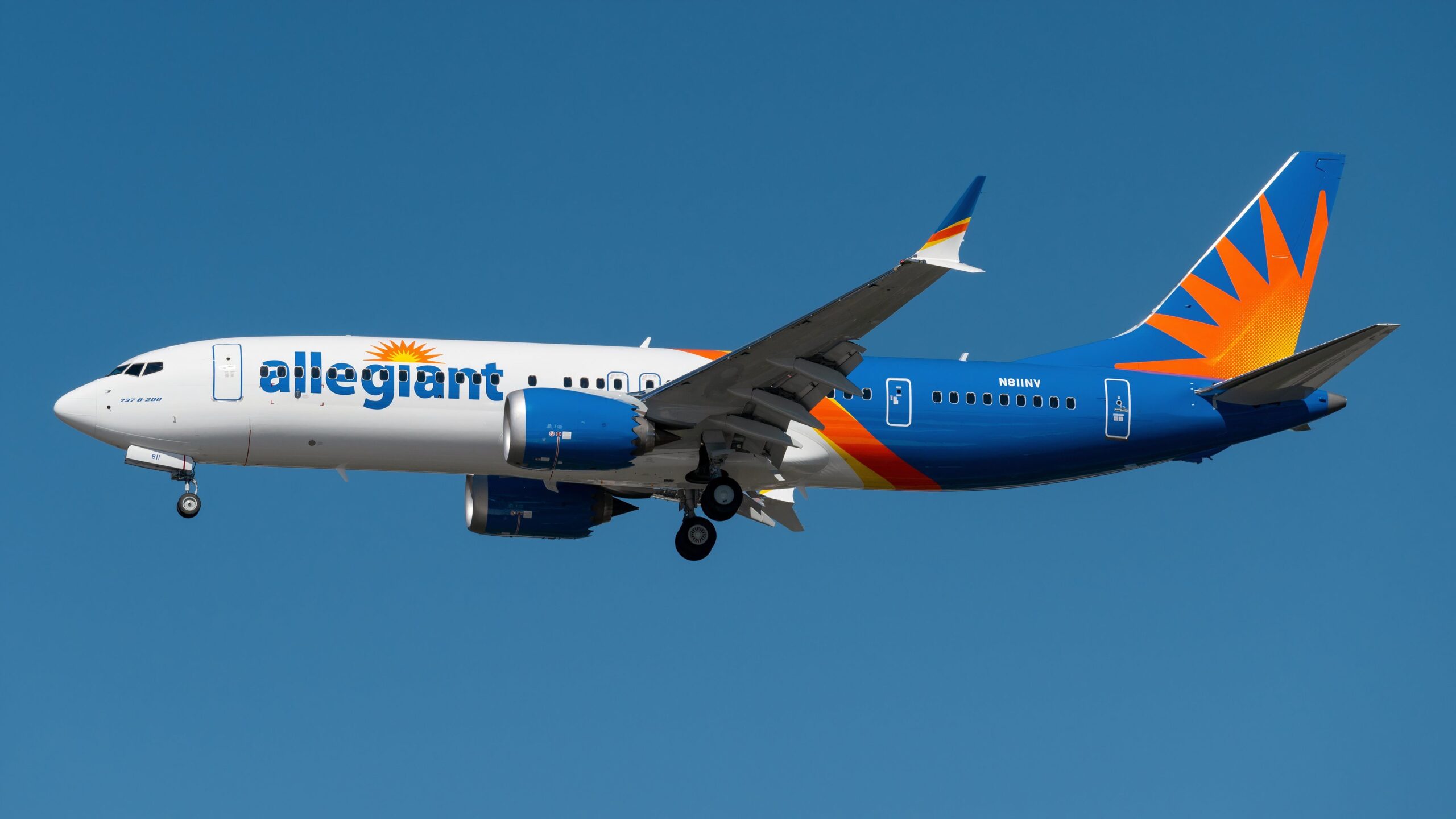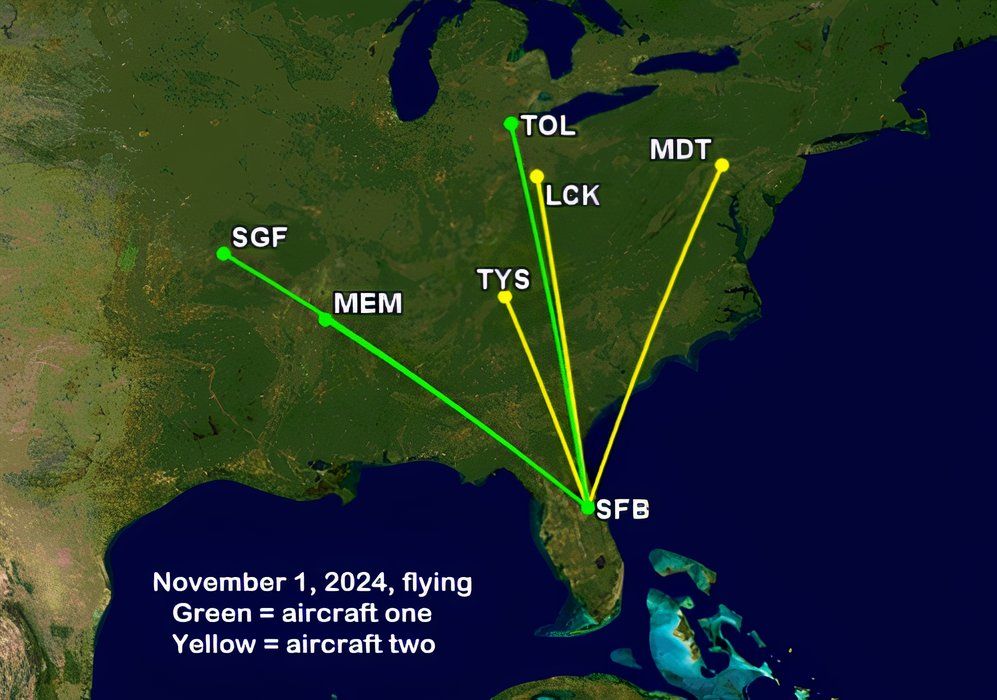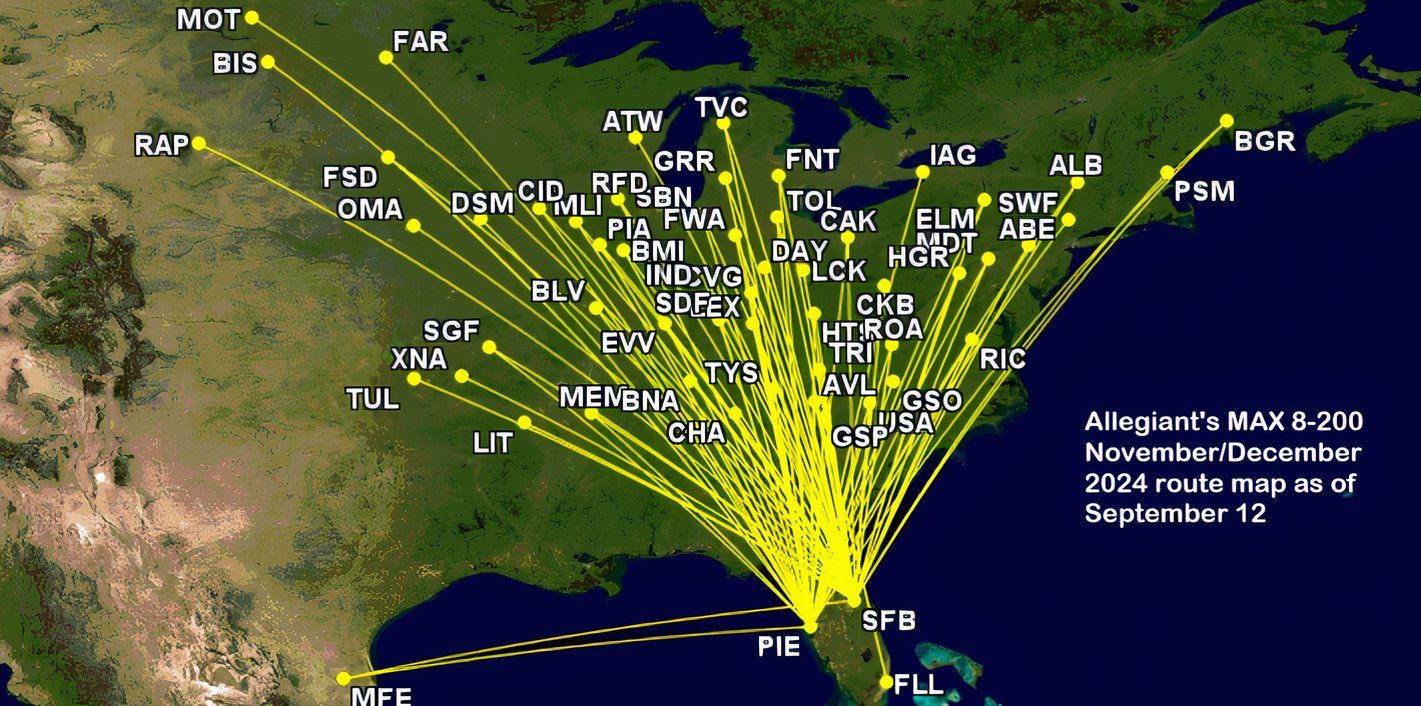You will know that ultra-low-cost carrier Allegiant has received its first but much-delayed Boeing 737 MAX 8-200. The aircraft, registered N811NV, flew from Boeing Field to Phoenix/Mesa on September 9.
Allegiant is the first US user of the MAX 8-200, and its examples have 190 seats. Due to 21 seats being ‘Allegiant Extra,’ it will have seven fewer seats than major MAX 8-200 operator Ryanair. However, it’ll still be Allegiant’s highest-capacity machine, helping to reduce seat-mile costs. The 737 is Allegiant’s first Boeing equipment since it withdrew the 757-200 in 2017.
Due to enter service on November 1
Introducing a new type into service is fraught with complications and uncertainty. This extends to its all-important first revenue-generating flight, which makes examining plans equally challenging. Plans are very often pushed back, and Allegiant is no exception. While they are now due to carry passengers on November 1, this is—unsurprisingly—later than previously anticipated. Delivery delays do this.
What does day one look like?
As of September 12 and subject to change, the plan for Friday, November 1, is as follows, with all times local. Fridays are among Allegiant’s most demanded travel days. As you can see, two MAX 8-200s are required, although it is unclear when the second aircraft will arrive.
Both aircraft will operate six sectors on that day, a standard number. It is helped by the operating day starting at around 06:00 and ending in the late evening. It plans 50-minute turns, the same as for its similar-capacity A320ceos. The high daily block hours and 190 seats will help to reduce seat-mile costs.
Aircraft one
This aircraft will travel 4,310 nautical miles (7,981 km) on November 1. For context, that is a greater distance than Seattle to London Heathrow non-stop. Block time totals 13h 22m, well above the minimum of 12h usually sought by low-cost/ultra-low-cost carriers, although more are aiming for 14h nowadays.
- Orlando Sanford-Springfield/Branson: 06:00-07:37 (!)
- Springfield/Branson-Orlando Sanford: 08:27-11:39
- Orlando Sanford-Toledo: 12:29-14:49
- Toledo-Orlando Sanford: 15:39-17:55
- Orlando Sanford-Memphis: 18:45-19:53
- Memphis-Orlando Sanford: 20:43-23:32
Conventionally, Allegiant’s older equipment is not utilized that much: the carrier trades off lower ownership costs with higher fuel consumption and maintenance requirements, enabling the aircraft to operate less often on less popular days. Unsurprisingly, this is less relevant for its brand-new and much more expensive MAXs, which need to be used more intensively to reduce the ownership cost (a fixed cost) per seat-mile.
Image: GCMap
Aircraft two
The operating aircraft will cover 3,658 nautical miles (6,774 km) with 11h 52m of block hours.
- Orlando Sanford-Harrisburg: 06:10-08:24
- Harrisburg-Orlando Sanford: 09:14-11:31
- Orlando Sanford-Columbus Rickenbacker: 12:21-14:31
- Columbus Rickenbacker-Orlando Sanford: 15:21-17:24
- Orlando Sanford-Knoxville: 18:33-20:09
- Knoxville-Orlando Sanford: 20:59-22:31
What about the rest of the year?
Allegiant’s 737 MAX 8-200s are scheduled to operate 92 routes in November/December, as shown below. Many of them will only see the Boeing jet once or twice. All flights will be from Florida, with 580 take-offs from the Sunshine State. Some 62% of departures will be from Sanford, 37% from Tampa St Pete, and 1% from Ft. Lauderdale.
Image: GCMap
The current plan for 2024 is for up to 15 daily departures from Florida, the first of which is expected to occur on Thursday, December 12. That day’s schedule requires five MAX 8-200s: three based at Sanford and two at Tampa St Pete.
Interestingly, it is reported that only four aircraft will be delivered by the year-end. Either the schedule will be fine-tuned, another aircraft will materialize, or Allegiant’s press release was wrong.



